News
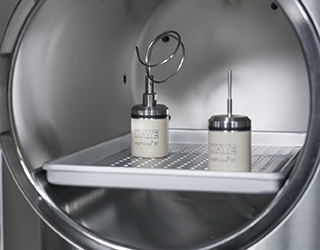
- Blog Post
Efficient Sterilization: Time, Temperature, and Steam Quality per EN285
EN-285 is a European standard that sets guidelines for the sterilization of medical devices in healthcare facilities. When a person is expected to use EN-285 in a regulatory sense, they are required to adhere to the specific procedures and requirements outlined in the standard to ensure the effective sterilization of medical equipment.
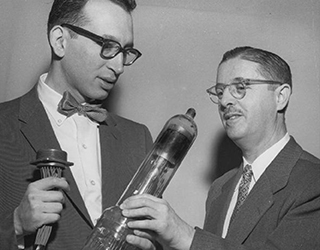
- News Post
Celebrating a Legacy of Quality and Reliability: Kaye's Historic Journey in GxP Compliant Thermal Process Validation
This year marks a significant milestone for Kaye as we celebrate 65 years as a trusted partner and recognized system supplier of high-precision measuring equipment and GxP compliant validation solutions for thermal processes.
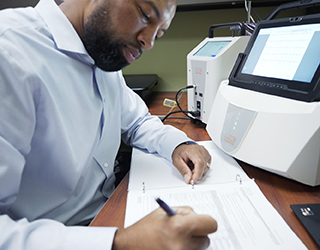
- Blog Post
Unlocking the Benefits of a Kaye Service Agreement
When managing the reliability and performance of your equipment, having a solid warranty and service plan in place is key. A Kaye Service Agreement, also known as an EMA (Equipment Maintenance Agreement), is an invaluable resource that offers a multitude of benefits.

- Blog Post
What calibrator is right for you? Points to consider when making your selection
While it might not get as much publicity as validation equipment, your calibration equipment is a critical part of any viable thermal validation system. Having the proper equipment, equipment that you can trust, is essential. There is no place for inconsistent measurements in pharmaceutical and biotech industries, accuracy is key. It is essential to ensure that your validation system provides accurate information, and this is where calibration plays a crucial role in guaranteeing precise measurements. At Kaye, we offer a large variety of calibration equipment, and our goal is to offer everyone a solution that can fit their needs. In this blog post, we are going to look at some of the basic information to consider when selecting calibration equipment.
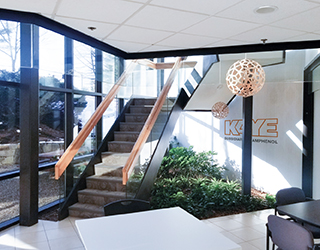
- News Post
Kaye's New Office in Billerica, MA Promises Enhanced Client Interactions
In a seamless transition, Kaye has relocated to a newly established office in Billerica, MA. The new office has a compact and practical layout.

- Blog Post
Decoding Long-Term Stability: RTD vs. Thermocouple Sensors - Stability lays the foundation for precision
Precision is paramount in the realm of Kaye products, making the choice between Resistance Temperature Detectors (RTDs) and Thermocouples (TCs) is essential for accurate measurements. Let's dive into their long-term stability comparison.

- Blog Post
Streamlining Network Management and Enhancing Security with Microsoft Active Directory and Kaye
Active Directory* (AD) is a directory service developed by Microsoft specifically for Windows domain networks. Its primary function is to proficiently manage users, computers, and various resources within a networked environment. Within Active Directory, information regarding all network objects, such as, users, groups, computers, printers, and devices, are stored and organized in a structure known as the directory tree. This architecture enables easy discovery and management of objects across the network.
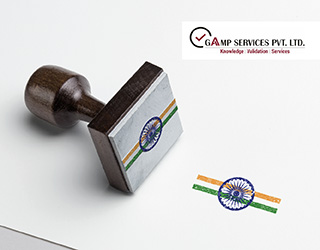
- News Post
Kaye Partners with GAMP Services to Expand Reach in India's Market
Kaye is excited to announce a strategic partnership with GAMP Services, a renowned distributor specializing in the distribution of cutting-edge technology and services within the Indian pharmaceutical, biotechnology and medical device industry.

- News Post
Government Leaders Celebrate Inauguration of Kaye‘s Office in Hyderabad
In a momentous occasion, Mr. Jayesh Ranjan, the Principal Secretary of the Industries & Commerce (I&C) and Information Technology (IT) Departments of the Telangana government, officially inaugurated our new Kaye office in Hyderabad.
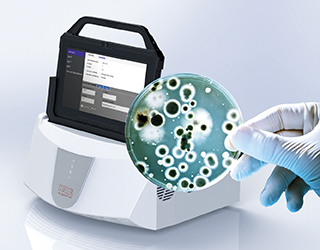
- Blog Post
Understanding Lethality Calculation: Minutes or Seconds?
When assessing the effectiveness of a sterilization process, calculating the lethality using the F0 method is crucial. One significant consideration in this calculation is the duration required to eliminate a specific number of microorganisms, which can be expressed in either minutes or seconds. Using expressing time in minutes is more widely accepted and practical, understanding the differences and implications of using seconds is also important in certain scenarios. In this blog post, we'll explore the significance of expressing time in minutes or seconds when calculating lethality using the F0 method.

